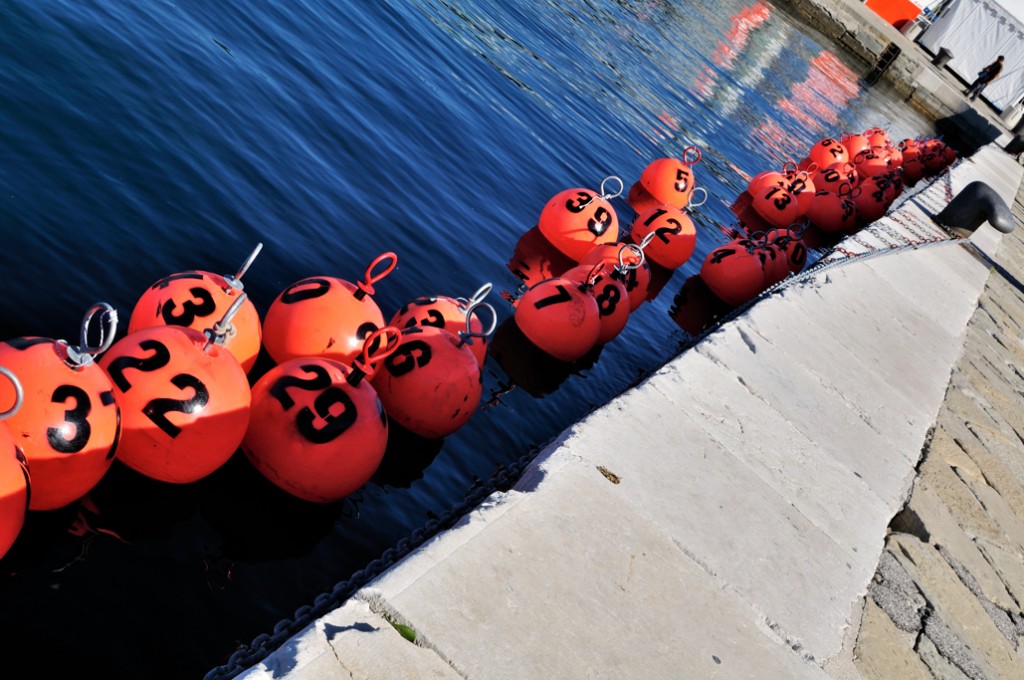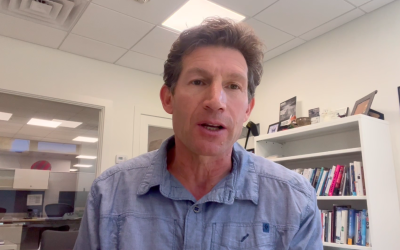Many destination marketers are seeking to define and optimize niche experiences to increase visitation from passionate travellers. A recent article at tourism-review.com highlights a clear example by describing a recent increase in nautical tourism in the Mediterranean Sea: “This improvement is due partly to the exceptional weather conditions of the summer season, partly to the recovery of the used boat market and also, partly to the economic maneuvers led by the governments in order to incentivize a market that had been repressed by taxes and bureaucracy.”
Destination marketing organizations (DMOs) can learn two important lessons from this.
The first involves removing barriers that block communication with stakeholders and partners. DMOs often limit themselves by assuming that their stakeholders (city, government, or other) can’t or won’t make an important change that would increase visitation. However, when you actually get the right stakeholders in the room to talk through an issue, you’ll discover that it’s possible to find a collective will. To do this, however, you need to focus on how the change will benefit everyone.
The second lesson is improving process efficiencies. Many DMOs focus on marketing outputs and forget to look at what could be more efficient internally. This doesn’t have to involve a massive change, but rather a series of incremental gains. How can your organization move faster and become more agile? The Mediterranean ports provide a good analogy here. By revamping the “system of the document exchanges needed by yachts during the entering and exiting phases,” they are starting to increase tourism by making themselves easier to visit. Less hassle and greater efficiency means that more gets done, within an organization and as a whole destination.
Your DMO needs to be the leader and visionary of your destination community and this includes working with various stakeholders to remove barriers and allow tourism to flourish in healthy niches. This doesn’t mean mass tourism, but rather a systematic approach that is efficient and collaborative.
Related reading: How destinations use data to better collaborate with industry and reach consumers









0 Comments